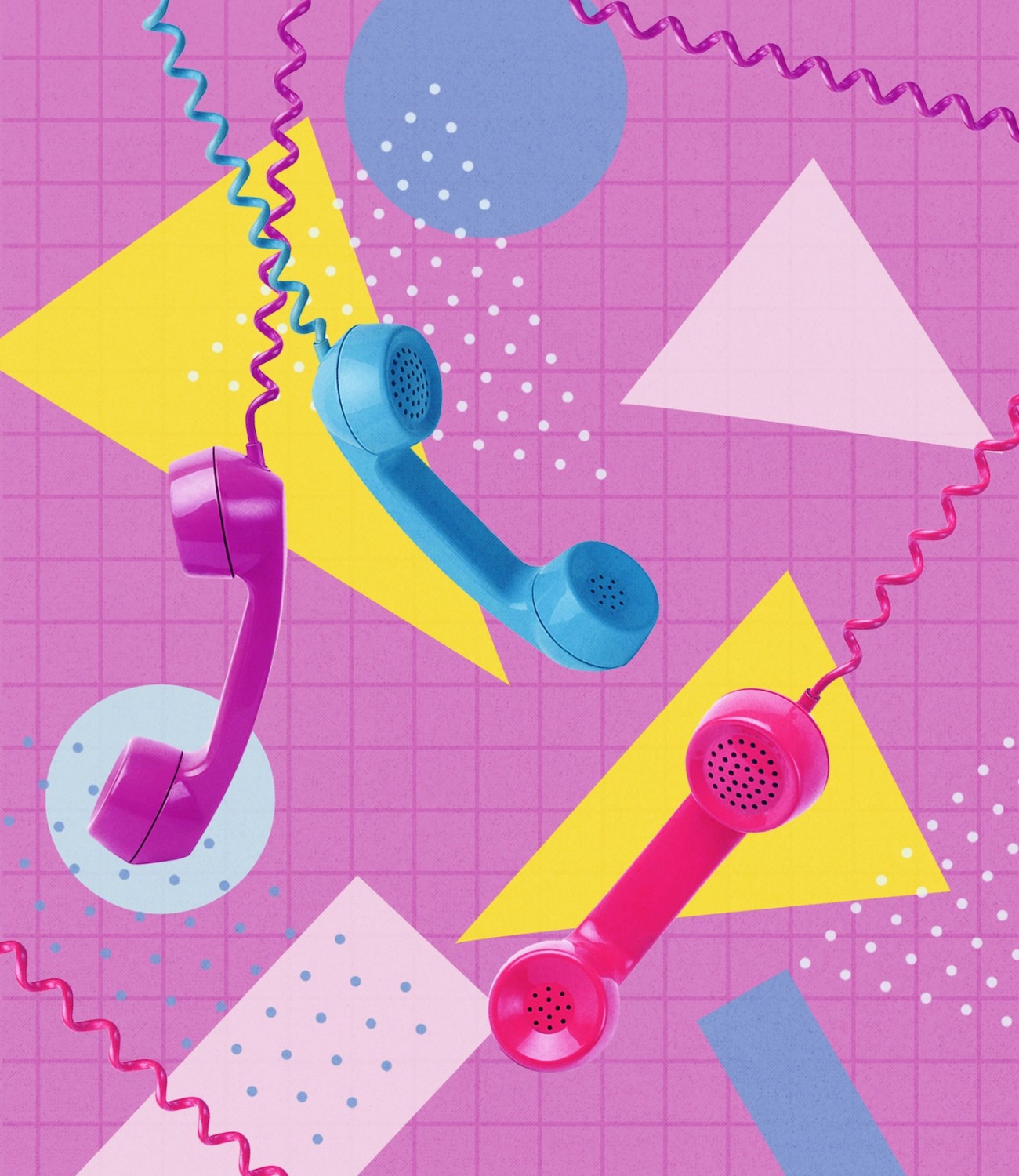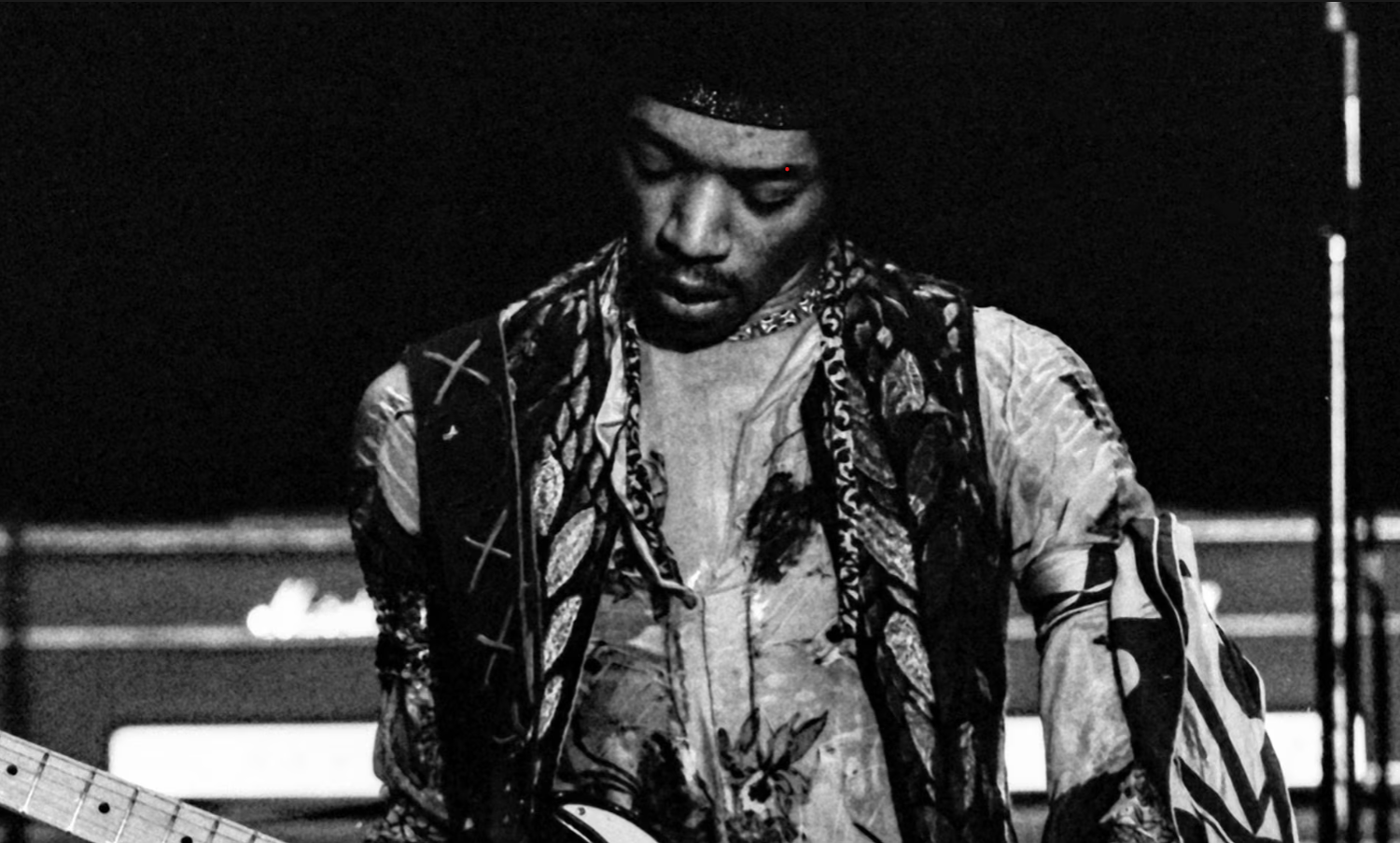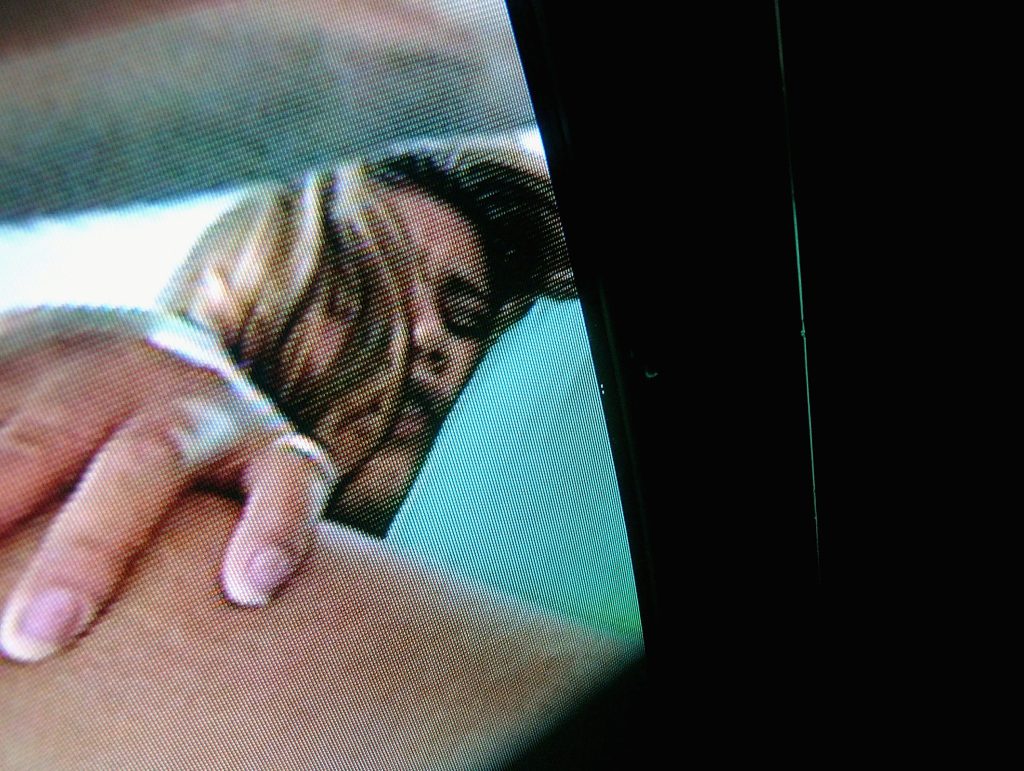
This article is more than
1 year old‘His spirit is everywhere’: the fascinating story of Jimi Hendrix’s Electric Lady studio

New documentary takes a look back to the late 60s when the star commissioned a recording studio that has since taken on a life of its own
Eddie Kramer knows it sounds silly, but whenever he’s asked what’s so special about Electric Lady, the recording studio Jimi Hendrix commissioned him to build in 1968, he gives the same answer: “It’s the vibes. Any time I walk in here, I feel them,” he said as he sat inside the studio’s control room. “It’s in the walls. It’s in the hallway. The spirit of Jimi is everywhere.”
“If you want to believe it’s the vibes, fine,” said John Storyk, the architect who created the studio’s design, who sat next to Kramer as they spoke. “But there’s more to it. There’s also science involved.”Add to that elements of luck, chaos and vision and you have an alchemy that, together, created a place that still draws music’s imperial tier, including Taylor Swift, Adele, Beyoncé and Lady Gaga. The complex history of the studio’s birth, as well as the trends in sound and design that it helped introduce, are thoroughly explored in the new documentary, Electric Lady Studios: A Jimi Hendrix Vision.
The movie, currently in theatres, will also be included in a forthcoming box set that features 38 previously unreleased tracks Hendrix cut in the studio between June and August of 1970. The timeline of those recordings torpedoes the first of several myths about Electric Lady. Because the studio didn’t officially open until August of 1970, it has often been reported that Hendrix only spent 10 weeks recording here before his tragic death that September. In fact, he began cutting music in the studio nearly four months before his demise, working tirelessly to hone songs included on the box set that were meant for a bold new double album. The nearly frantic pace at which Hendrix wrote and recorded in the final months of his life tips off the reason Electric Lady was created in the first place.
At the start of 1969, the guitarist was riding high off his double album, Electric Ladyland, a No 1 blockbuster that became an instant touchstone for the rock generation. If anything, its success only sped up Hendrix’s hunger to create as much new music as possible. “Jimi was jamming in New York at any studio he could get his hands on,” said Kramer, who served as the guitarist’s engineer starting with his 1967 debut, Are You Experienced. “He loved creating new sounds. He could barely breathe, he was in such a hurry get it all out. And thank God he did, because what he created then was the basis for all the music we were going to do next.”
Hendrix’s sonic brainstorming wasn’t confined to the studio. He was also jamming with seemingly every musician around, in search of new inspiration and interplay. In order to centralize those jam sessions, he decided to open his own club where he could play in front of people whenever he wanted and with whoever he liked. He settled on the site of a just shuttered W 8th Street club called the Generation, where he had jammed in the past with stars like BB King and Sly Stone. At the time, the street was dominated by head shops and shoe stores although, just a few doors down, was another important club, the Bon Soir, where Barbra Streisand got her start. The role model Hendrix had in mind for his venue was a short-lived avant-garde club called Cerebrum, located in a then abandoned Soho. A reporter from the New York Times struggled to describe the club in a 1968 story, writing, it “speaks to the ancient human desire to shed consciousness, to plug into some warm large Other, to regain the indiscriminate bliss of babyhood, to – one phrase for it – get zonked”.
To make sure everybody got good and “zonked”, Hendrix hired the same guy who designed Cerebrum, a 22-year-old recent architecture graduate named John Storyk. The only instructions he gave him was to paint everything white and to give the space a lot of sensuality with no sharp edges. The guitarist loved the renderings Storyk devised, but the notion of a club went south right after Kramer suggested to the musician and his manager that a studio would be a far wiser use of the space. As attention-getting as Cerebrum had been, it lost money. And, at the time, “Jimi was spending over $200,000 a year in studio time,” Kramer said. (That’s equivalent to $1.7m today.) “I said, ‘Let’s build you the best studio in the world, where you would not be disturbed, a womb-like structure where you could feel at home.’ He and his manager (Michael Jeffery) looked at me and said, ‘Good idea.’”
While Kramer would be the one overseeing the audio aspects of the space, Storyk was retained to create the design – a more daunting task than he first imagined. “Everything we know now about studios didn’t exist then,” Storyk said. “There was no manual you could follow.”
At the time, Kramer said, the major “studios were these horrible boxes. They were uninspiring places to make music. The idea of even putting a couch or a plant in a studio was not happening.”
More, the control rooms tended to be small, designed to accommodate the producer, not the artist. “At the time, the artist would just come into the studio, do their takes and go,” Kramer said. “They didn’t go into the control room because they didn’t produce their own records.”
Electric Lady was meant to rebalance the power dynamic, putting the artist in charge, an emerging idea at the time. “It was incredibly rare for artists to have their own studios then,” Kramer said. “That idea was way ahead of its time.”
Countering the cold studio rooms common to the day, Electric Lady would be warm, inviting and, at Hendrix’s instruction, full of feminine curves for the walls, further softened with carpet to make the space appear to evolve and envelope. It helped enhance the flow that the subterranean space had no columns. Color was also important to the guitarist. Even though he had asked Storyk to make the walls white, he wanted the ability to project onto them a rainbow of colors to create an ever-changing array of moods. The colors didn’t only have a visual function but an audio one, too. “When Jimi said, ‘Hey man, give me some green’ or ‘Give me more purple,’ it was code,” Kramer said. “I knew when he said ‘green’ it meant more reverb. ‘Red’ meant more distortion. Having the ability to dial in different colors to match whatever he was thinking was a great blessing.”

The shape of the room, and the ceiling, also had a defining effect. Because the space was located underneath a movie theater (the 8th Street Playhouse) with a floor that sloped down, the ceiling sloped in parallel. To exaggerate the effect, Storyk created a flying saucer design on the ceiling. He believes it’s the shape, more than anything, that created Electric Lady’s audio advantage. “The real magic of the room is the ceiling,” Storyk said. “I thought the shape would absorb mid and high frequencies. Little did I know that what we actually wound up making was a low frequency membrane absorber. That’s the science that made this a great rock‘n’roll room.”
In constructing it, however, the creators encountered any number of hurdles, the most alarming being the discovery of a water table left over from the Minetta Creek that ran just below the floor, causing major flooding along the way. Finding a way to deal with that took months, halting the project at one point while ballooning the budget. In the end, the studio’s construction took twice as long as expected, a full year, from May of 1969 to the next spring, at a cost of $1m in money at the time. (That translates to $8.6m today.) To make that work financially, the studio would have to function as far more than just a haven for Hendrix. Lots of artists needed to use it, not a given despite the studio’s brilliant sound as well as the guitarist’s considerable drawing power. Adding to the urgency was the fact that Electric Lady didn’t own the space it occupies. To this day, the owners pay rent. “It may be the worst real estate deal in New York history,” Storyk joked.
For Hendrix it was well worth it. Once he could start using the studio, said Kramer, “he was the happiest I’d ever seen him. He was completely in his element.”
Fans can hear some of the results on the box set, which also includes some of the banter between Kramer, Hendrix and others as the creative process evolved. The engineer singled out one track, Drifting, that features the guitarist carefully working out the song. “It’s absolutely beautiful to hear,” Kramer said.
Hendrix was especially excited about the new configuration of his band, which featured himself, the drummer Mitch Mitchell and the bassist Billy Cox. “Jimi’s direction was to take some of the funk and blues elements from his Band of Gypsys, but with Mitch in the group,” Kramer said. “Mitch had been listening to Buddy Miles (from Band of Gypsys) and you can hear it in his playing. It’s way funkier and less showy.”
The opening party for the studio took place on 26 August 1970. Immediately afterwards, Hendrix flew to London to headline the Isle of Wight festival. A few weeks later, he was gone. When news hit the studio, Kramer said “I just broke down,” pointing to the exact spot in the hallway where he lost it. At the same time, he knew the studio had to go on.
As Kramer and Storyk surveyed the space when we spoke, they marveled at the renovations that have taken place over the years. The shape of the control room has expanded and the psychedelic collage mural that snaked around the entire hallway now appears in pieces rather than in its original, contiguous form. On a sadder note, the original facade outside, with its distinctive rolling brick design, was destroyed in 1997 to create a new entrance for Mount Sinai medical center when it took over what had been the 8th Street Playhouse next door. Even so, Kramer relishes the spirit and sound that remain. “I get chills whenever I walk in here,” he said. “To me, this will always be home.”
-
Electric Lady Studios: A Jimi Hendrix Vision is now playing in cinemas in a series of cities in the US and UK. It will also be released 4 October as part of a box set and will begin streaming on Sky TV in the UK that month




